There is a (possibly apocryphal) story about William Morris, where he spends most of his time in Paris inside the Eiffel Tower’s restaurant because ‘that is the only place where you can’t see the damned thing’. Aviva Studios risks a similar fate. Designed by architects OMA as the permanent performance venue for the Manchester International Festival and headquarters for its organisers, Factory International, it’s been savaged by critics and citizens alike for its ugliness. But not unlike the Eiffel Tower, it is from within that one can really witness the spectacles it has in store.
‘We designed the building from the inside out,’ John McGrath, Factory International’s artistic director and chief executive, tells me, ‘and we wanted a building that could fit every single show we’ve ever done for the Festival.’ While a blank canvas sounds simple, a building flexible enough to accommodate anything from spoken-word performances to rock concerts – especially at the same time – is underwritten by feats of architecture and engineering.
OMA is not famous for designing beautiful buildings. But they are dab hands at imbuing buildings with a lucid organisational logic. The building consists of two performance spaces, the Warehouse, a 21m high black-box hangar literally as long as a Boeing 747, and the Hall, a theatre with auditorium seating and an orchestra pit. Arranged in an L-shape, McGrath’s ambition becomes real when these two spaces collide: the Hall can connect to the Warehouse, forming one of the largest stages in Europe. All the spaces, meanwhile, can be opened up or subdivided, with various configurations in between: it is an engine of performative possibility.
There aren’t many flexible buildings because they create technical headaches. Jack Thompson, technical director, shows off the big bespoke toys that are there to deal with these headaches: the acoustically isolating 11m high portcullis-style partition at the proscenium; the modular wall panels that run on rails to subdivide the Warehouse; the ceiling grids that allow heavyweight kit to be suspended. Those who argue that the Festival could have continued to make do with various venues around the city for its eclectic programming miss the point: throwing everything together under one roof has the potential to ignite as yet unimagined possibilities.
But this preoccupation over the interior means that the exterior feels like an afterthought. The Hall is a convolution of corrugated sheets, while the Warehouse is a concrete box with the charisma of Chernobyl. There’s a further mishmash of materials in the two back-of-house towers, reflecting their assorted functions as offices and dressing rooms. Look beyond, however, and you will see Aviva Studios is already being slowly enveloped by even uglier towers, as part of the St John’s redevelopment that’s cashing in on the cultural capital generated by this new landmark. These neighbours perhaps deserve each other.
Yet show-night is where the real payout will be for this major cultural investment. I come for Free Your Mind, Danny Boyle’s dance reinterpretation of The Matrix, and the Studios’ opening performance, purpose-designed to flaunt the various spaces. In the buzzy foyer – a pale imitation of the Haçienda’s industrial aesthetic, with its original designer Ben Kelly reprising his role – there are bunny-headed performers and children bending spoons.
The first half kicks off in the Hall, tracing the origin of computing’s explosive impact back to Manchester’s very own Alan Turing and the Jacquard loom punch cards. Dancers writhe in what one audience member described as ‘body condoms’, breaking free from the Matrix’s incubators. The second half moves to the Warehouse, with a runway showing off the full length of the space, recreating The Matrix’s most iconic scenes as Neo, Trinity, and Morpheus reach their apotheosis and overcome the simulation. It’s light on Baudrillard and heavy on the breakdancing. But there is a pageant of personified big-tech logos. And it was a spectacular start for the space.
Before heading home, I take a detour around the old train depot to Mayfield Park, designed by Studio Egret West, Manchester’s first new public park in a century. Even in the drizzle, it is clear how sensitive and generous the planting and the opening up of the River Medlock has been. No doubt Aviva Studios and Mayfield Park have benefitted from the speculative investment that must have ensued from the government dangling the prospect of an HS2 connection to the city. This has all but evaporated. But it has given Manchester what it needs to rescue at least a cultural legacy from the embers of the Northern Powerhouse proposals.
Got something to add? Join the discussion and comment below.
Get 10 issues for just $10
Subscribe to The Spectator Australia today for the next 10 magazine issues, plus full online access, for just $10.
You might disagree with half of it, but you’ll enjoy reading all of it. Try your first month for free, then just $2 a week for the remainder of your first year.

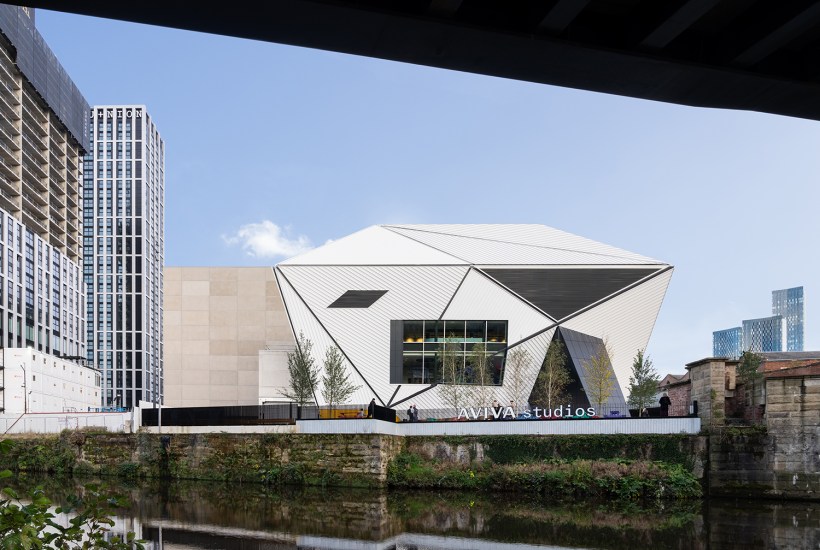
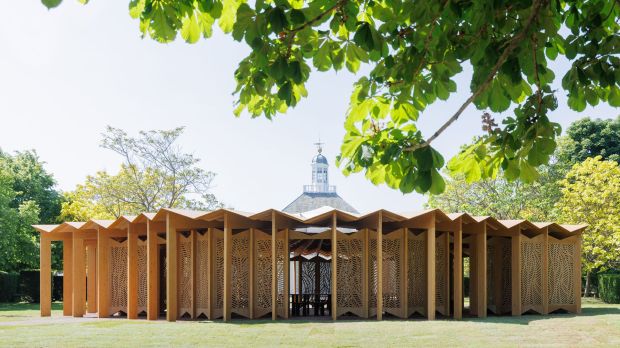
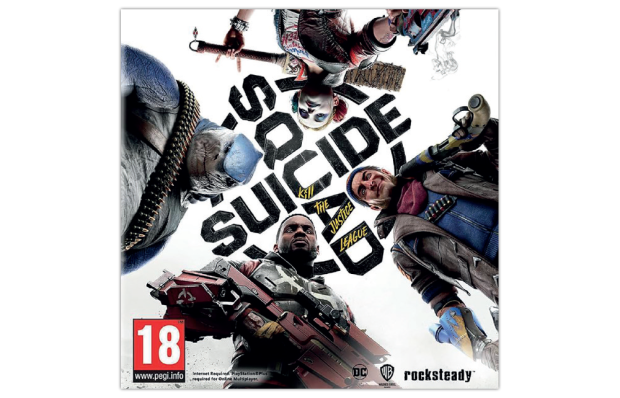

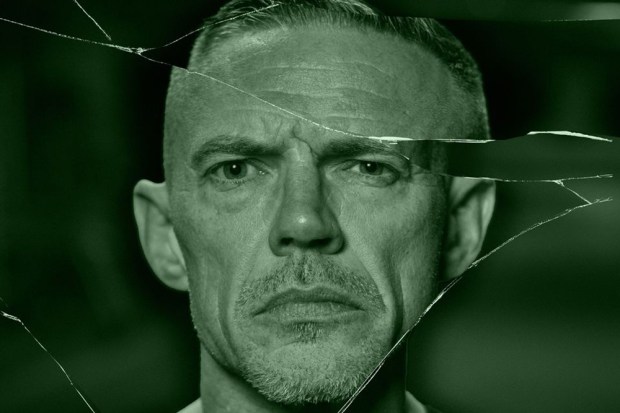
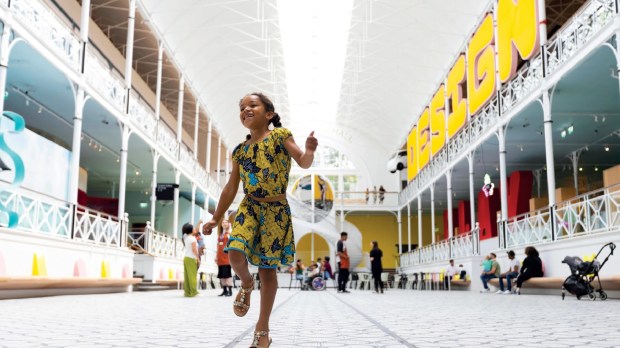
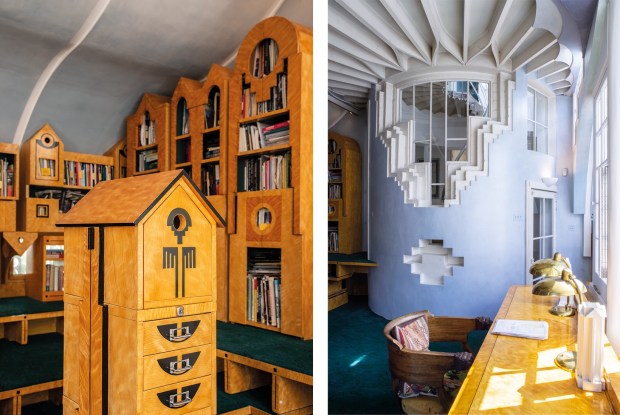






Comments
Don't miss out
Join the conversation with other Spectator Australia readers. Subscribe to leave a comment.
SUBSCRIBEAlready a subscriber? Log in